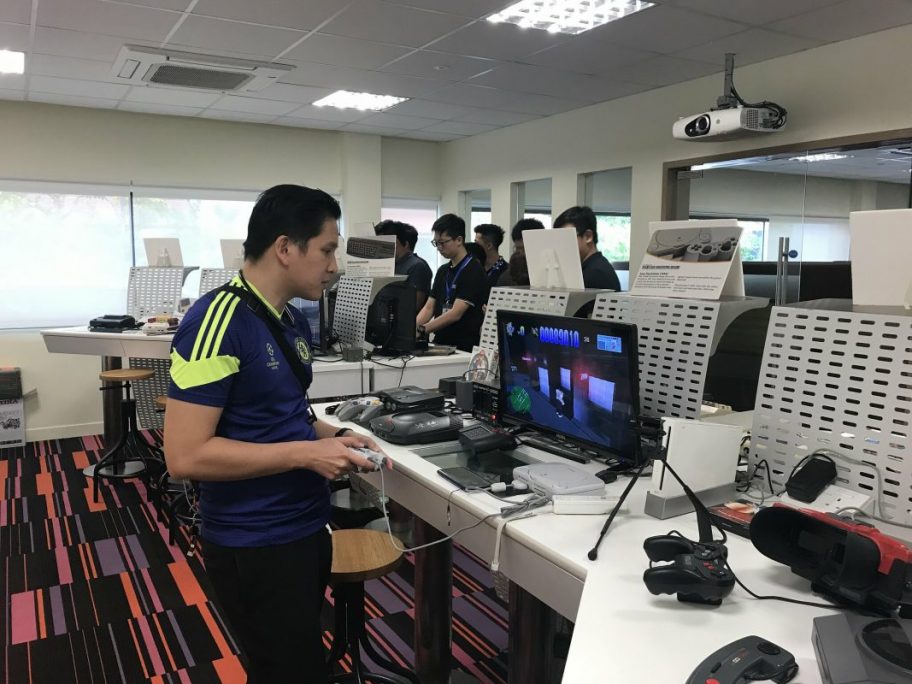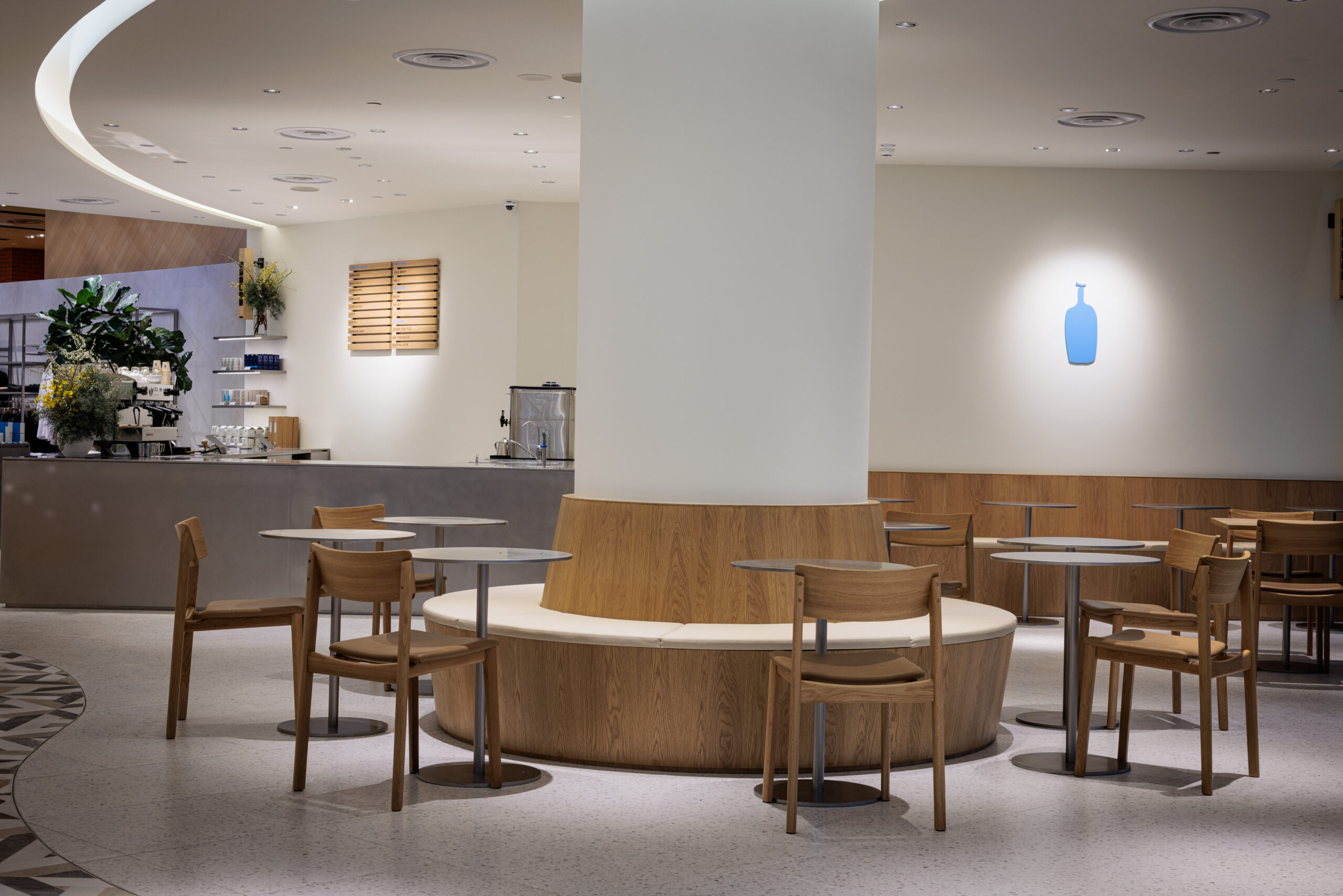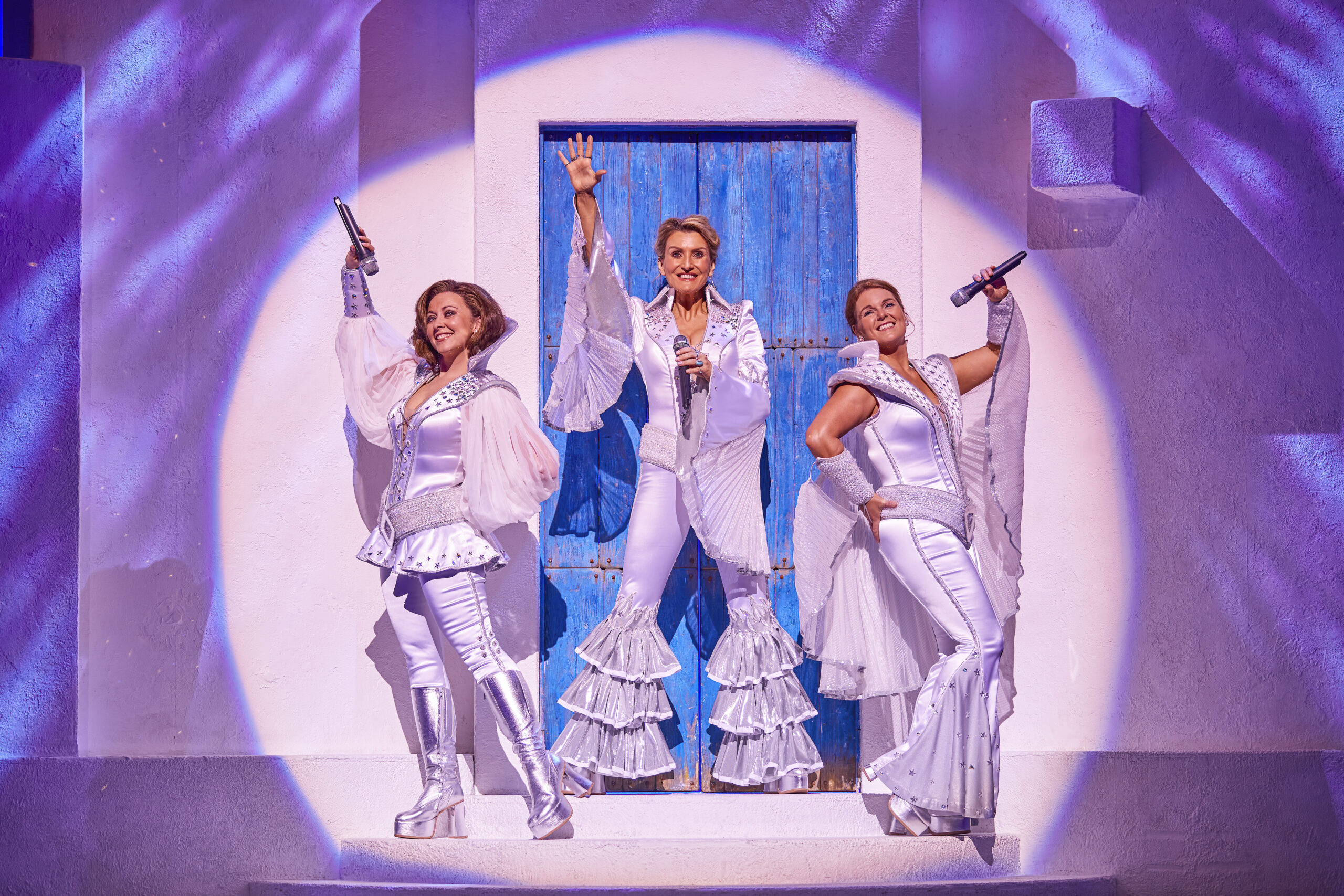
Great Scot!
Retro-gaming is making a comeback. Don’t believe me? Look no further than the AAA game companies that have been pushing out some of their old-school consoles. It began with SNK and the release of NeoGeo Mini – a mini-arcade cabinet where you can play all your favourite SNK hits, like King of Fighters and Metal Slug.
Sony soon followed with the announcement of a mini version of their Playstation Classic, a console which became synonymous as being every gamer’s first console (for those who could afford it).
While gaming has evolved by leaps and bounds, with realistic graphics and gameplay to convert even the most hardened of folks (looking at you, Candy Crush), all these wouldn’t have been possible without the advent of the first video game machines.
Back to the future with JCU: Museum of Video and Computer Games
So it’s always worth looking back at the good ol’ days, which is why we decided to visit the JCU: Museum of Video and Computer Games. Thanks to the media coverage by Channel News Asia Insider, we got to know about this secret gem in Singapore.
Located in the heart of James Cook University (JCU) along Sims Drive, it is the only retro games console museum in South-East Asia! Currently, the museum is housed within the student lounge at the ground floor of JCU.
The museum may be somewhat small to some but it houses a decent collection of gaming consoles which dated all the way back to the 1970s!
The brainchild of this museum is Roberto Dillon, an associate professor in game design at James Cook University. He had a collection of retro hardware lying around at home and thought it’d be a good idea to share his love of the old-school with the rest of the world. And the collection of game consoles and games are expanding too! Thanks to the avid gamers who donated their video game consoles to this museum.
Seat belts everyone. It’s time for a trip down memory lane!
The first ever home video game system – Magnavox Odyssey (1972)

To my understanding, Magnavox Odyssey was the first ever home-gaming console made – popularizing the golden classics like Pong. And it was really basic. All it consisted of was a screen (which you had to overlay onto your TV to provide the backlighting), and two controllers with knobs.
Talk about old school.

Atari VCS (1977)

Things got better with the advent of the Atari 2600 (formerly known as Atari VCS, until 1982). Now you could play your games directly on the TV itself by simply connecting it to the video input. Knob-controls have been replaced by a joystick controller (and these are really stiff)!

While this is another console I don’t have an inkling of, the game which it popularized, Frogger, was one of my all-time favourites. It was one of the games I first picked up when I got my first PC.
Think of it as the predecessor to Crossy Road, except that you can only play as a frog with the support of 8-bit graphics. Not to worry, as another gaming powerhouse was about to enter the scene.

(Note: News has been floating around that Atari is planning to release an updated version of this console. Apparently, it’s already past the pre-ordering stage.)
Commodore VIC-20 (1980)

During the 80s’, the advent of computers was just beginning to pick up. And Commodore decided to release its own version of a PC. The VIC-20 was unique. The RAM was built into the keyboard itself.

While this machine ran on 16-bit graphics, it was its younger brother – the Commodore 64 – that really blew things out of the water with its multicolour capabilities and it’s 64 kilobytes of RAM (which considered to rather advance back then).
In fact, it was so well-received that it got into the Guinness Book of Records as being the single highest-selling gaming computer of all-time!
Both of Roberto’s Commodore systems are autographed by Jeff Minter – best known for his recent work as a game designer on Netflix’s Black Mirror: Bandersnatch! Yes, Jeff Minter visited this museum too.
I remembered my dad using it occasionally to practice his typing on a particular edutainment game from time-to-time.
The platform game – Zool

Don’t forget to try out this popular game called Zool, a platform game which would appeal to those who love playing games like Super Mario or Sonic Hedgehog.
Vectrex (1982)

The Vectrex is a console which came with its own monitor, controller and utilized vector graphics – which optimizes the frame rate. I do recall playing similar games on my first PC, namely Asteroids and Space Invaders.
It’s one of the more retro-looking game consoles. It’s really cute and simple too.
Nintendo Entertainment System (1985)

There would’ve been no Super Mario if not for the creation of the Nintendo Entertainment System. The one you see in this picture is the American version, which had a significantly larger game cartridge than the Japanese version (called Famicom), which used a floppy disk system and was way more compact.
Super Famicom (1990)

Regardless of the differences in shape or form, it was credited as being the best-selling console of its time. It’s hard to disagree when you have classics like Super Mario and Castlevania under its belt. This was followed by the release of the Super Nintendo Entertainment System (Super NES) and the Super Famicom (in Japan
If you were born in the 1980s, you probably would have owned one of these Nintendo game systems at home. My childhood comprises of family, school, friends and Nintendo games.
Sega mega Drive (1988)

Much like Super Mario, another popular game hero by the name of Sonic the Hedgehog would not have come into prominence if not for the advent of yet another popular console, the Sega Genesis (or Sega Mega Drive).
I remember going over to my neighbour’s place to play his all the time. When the game wouldn’t start up or hanged, he would pluck out the cartridge and blow into the connectors below (I’m sure some of you have done that before), hoping it would rectify the issue. It worked… most of the time.
Other than Sonic, I remember clearing Teenage Mutant Ninja Turtles: Turtles In Time with my neighbours on this, and celebrating like madmen when we did. Remember, this was a time when you couldn’t save games, and the only way to go back to a stage after restarting the console was to key in a special code, shown at the end of the previously cleared stage.
So most times, you literally had to sit through an hour or two just to try and clear it in one sitting! It’s probably the reason why I had myopia at such a young age… Ah, good times.
GameBoy (1989)

When Nintendo GameBoy was first released, it took the world by storm. It is the Nintendo GameBoy, on which we played Tetris, Pokemon and a ton of other entertaining games.
You could say this compact device is the “father” of modern mobile-gaming. Unlike modern mobile-gaming though, this brick-like device required the use of four AA batteries, which meant having to visit the nearby hardware store pretty frequently. Thankfully, its successors – the GameBoy Colour and Advanced – required fewer batteries.
You can still find this handheld device in many retro-gaming stores around the world.
To all avid gamers out there…

There were many other consoles lying around which we didn’t get a chance to try out even after an hour of viewing (and testing). Be prepare to spend about an hour or so if you would like to try out some of these games during your visit.
This may also be one of Singapore’s smallest museums to date. The collection of video consoles and computer games may not be extensive at the moment but it probably will expand over the years. And we hope it does!
If you are a fan of video games or an avid gamer, this might be the next coolest hang-out place to be. Or if you are a history buff who loves to look at artefacts and old objects, this museum is a place you might want to check out.
Currently, the admission to this museum is free but you will have to make an appointment to visit the museum via their facebook page (https://www.facebook.com/JcuMuseum/).


![[New exhibition of National Gallery] City of Others: Asian Artists in Paris, 1920s–1940s](https://deeniseglitz.com/wp-content/uploads/2025/04/IMG_5400-150x150.jpeg)





